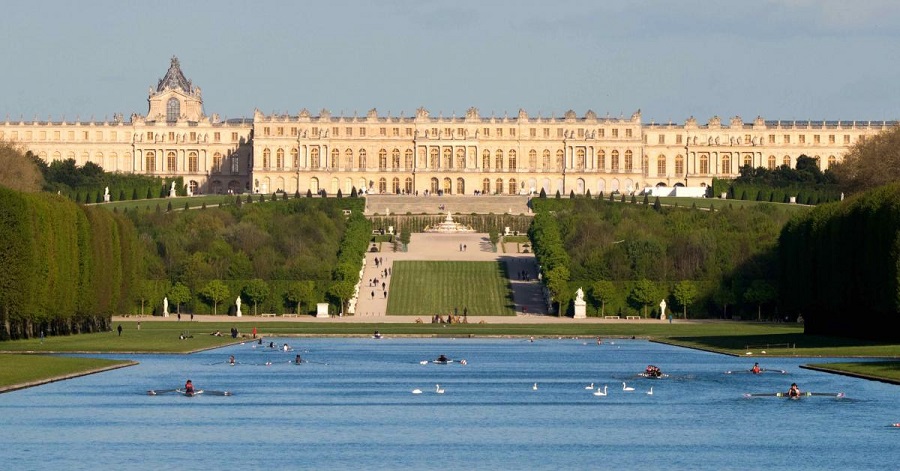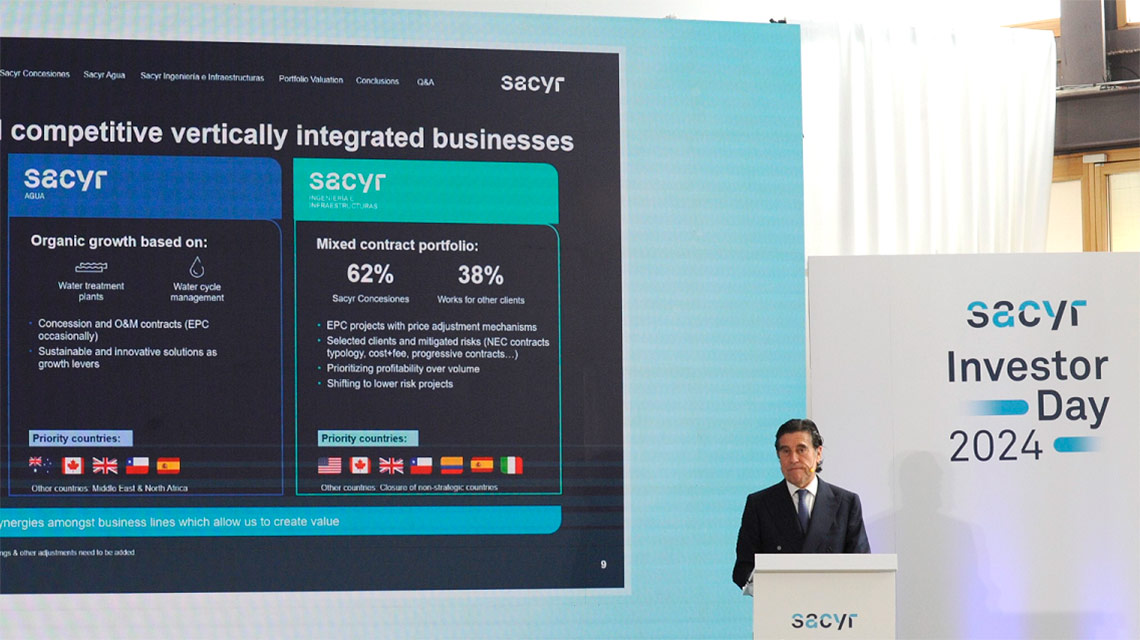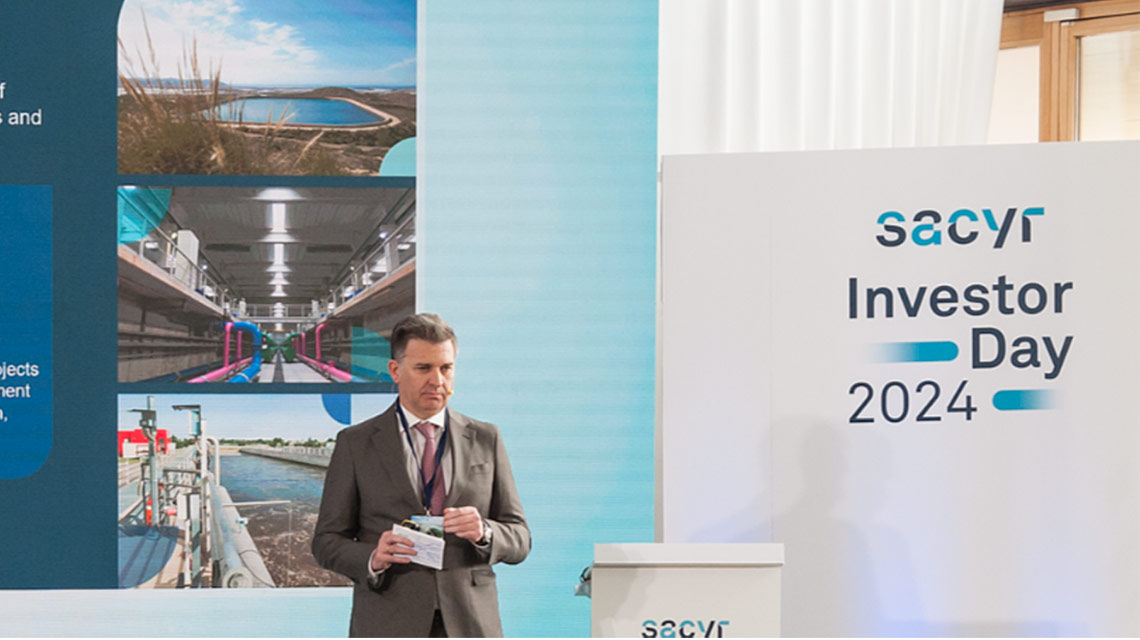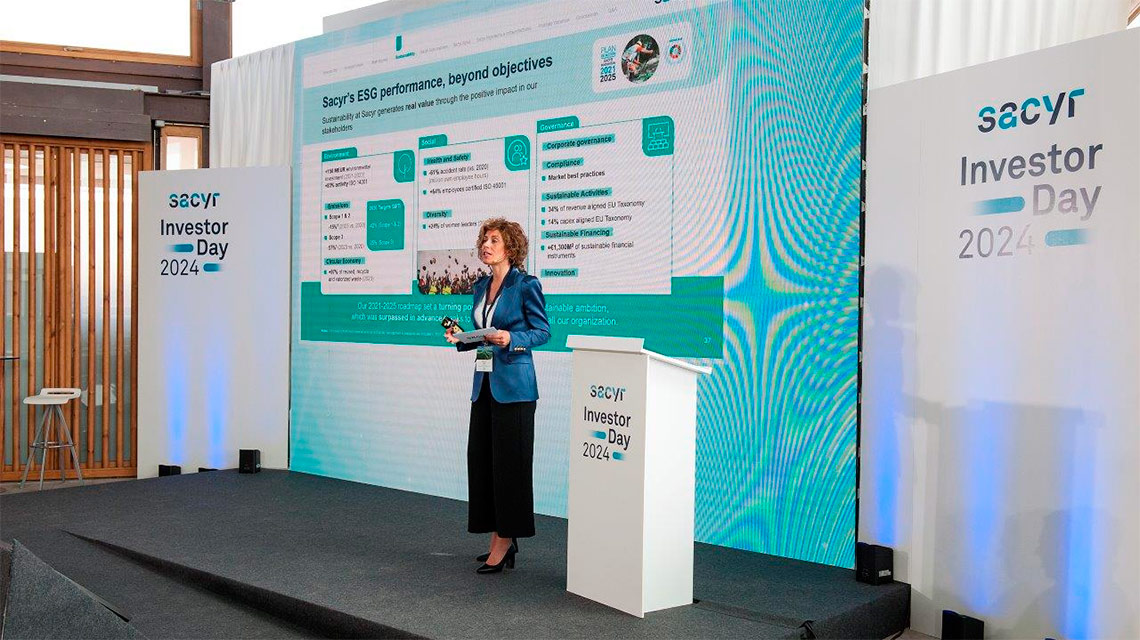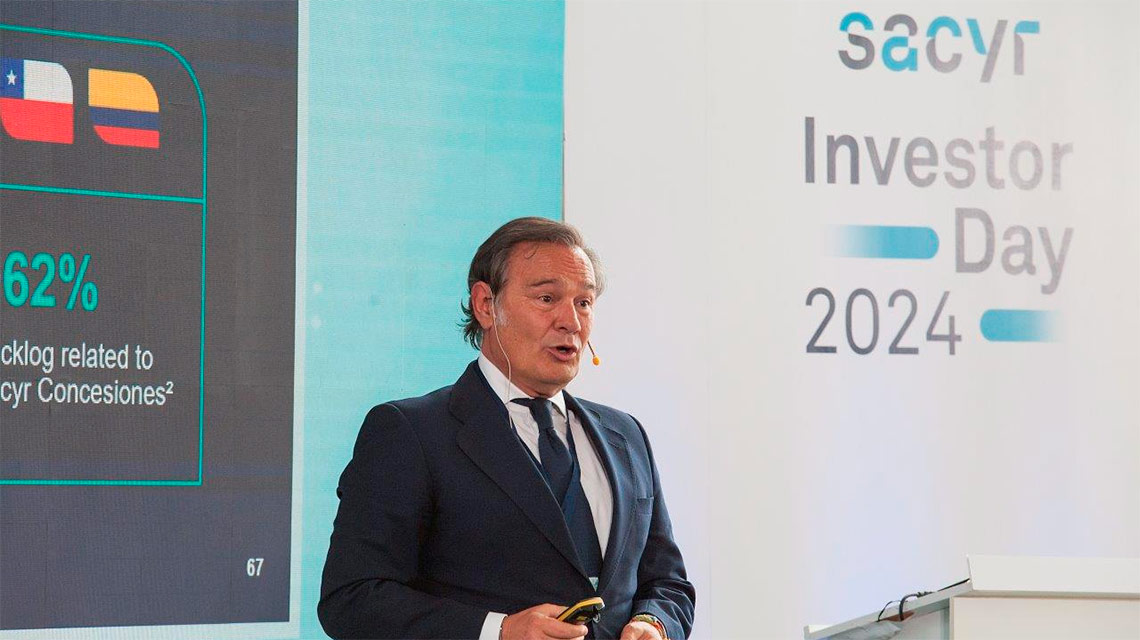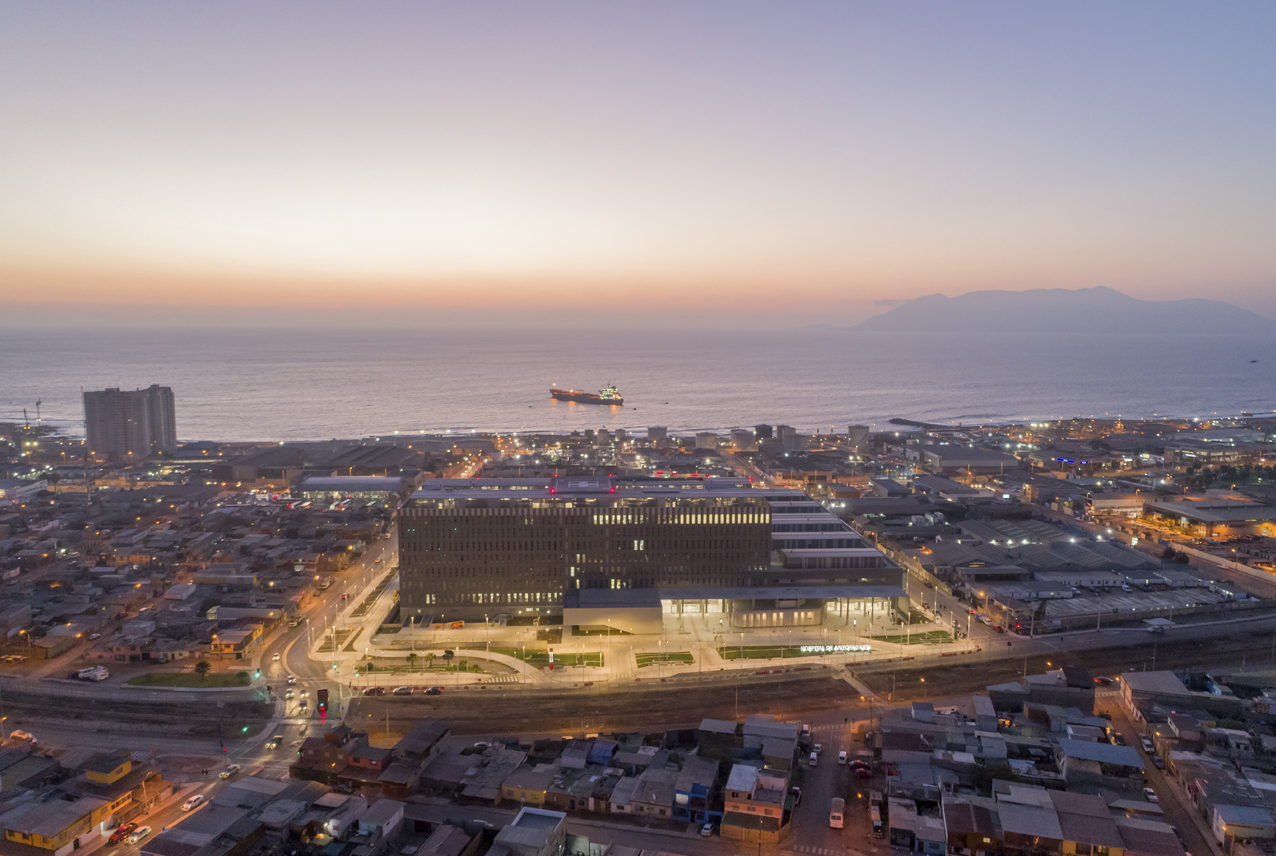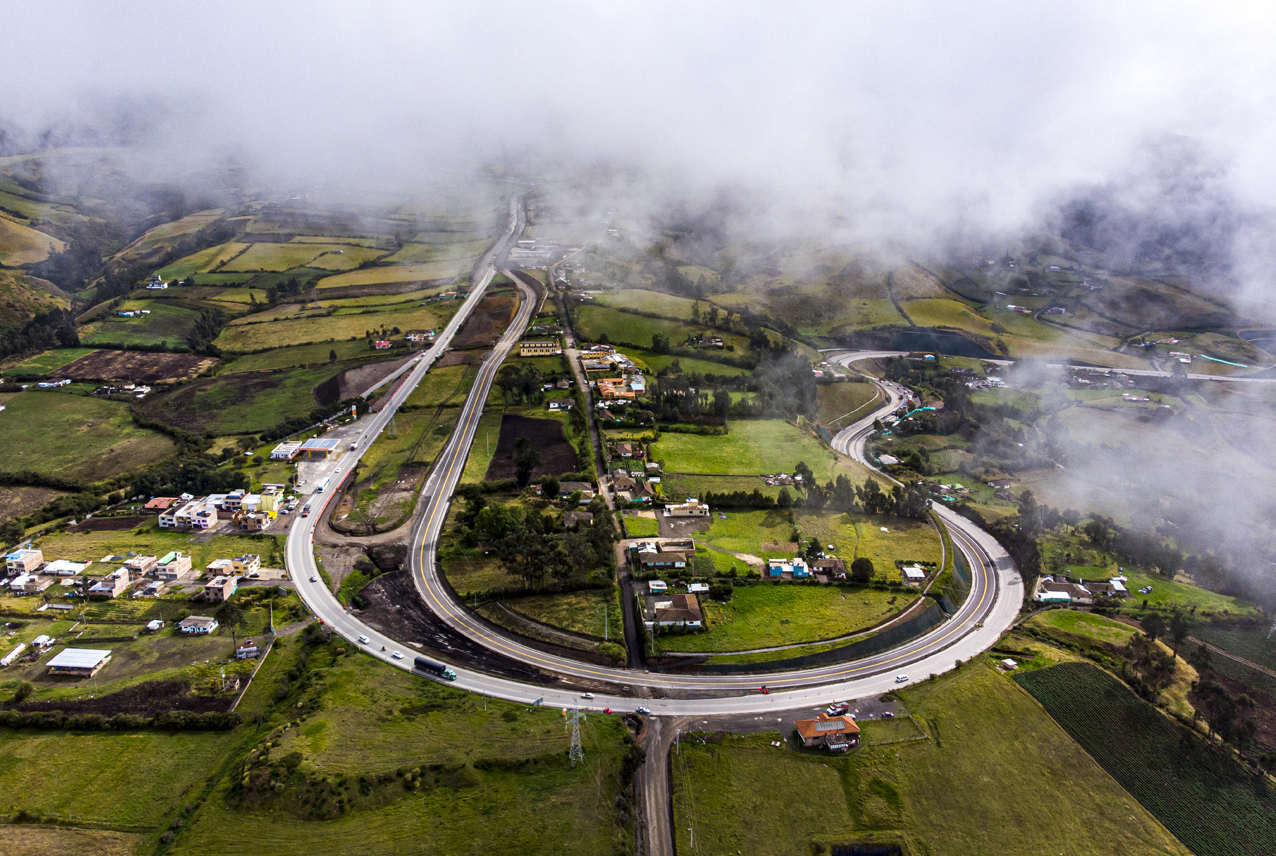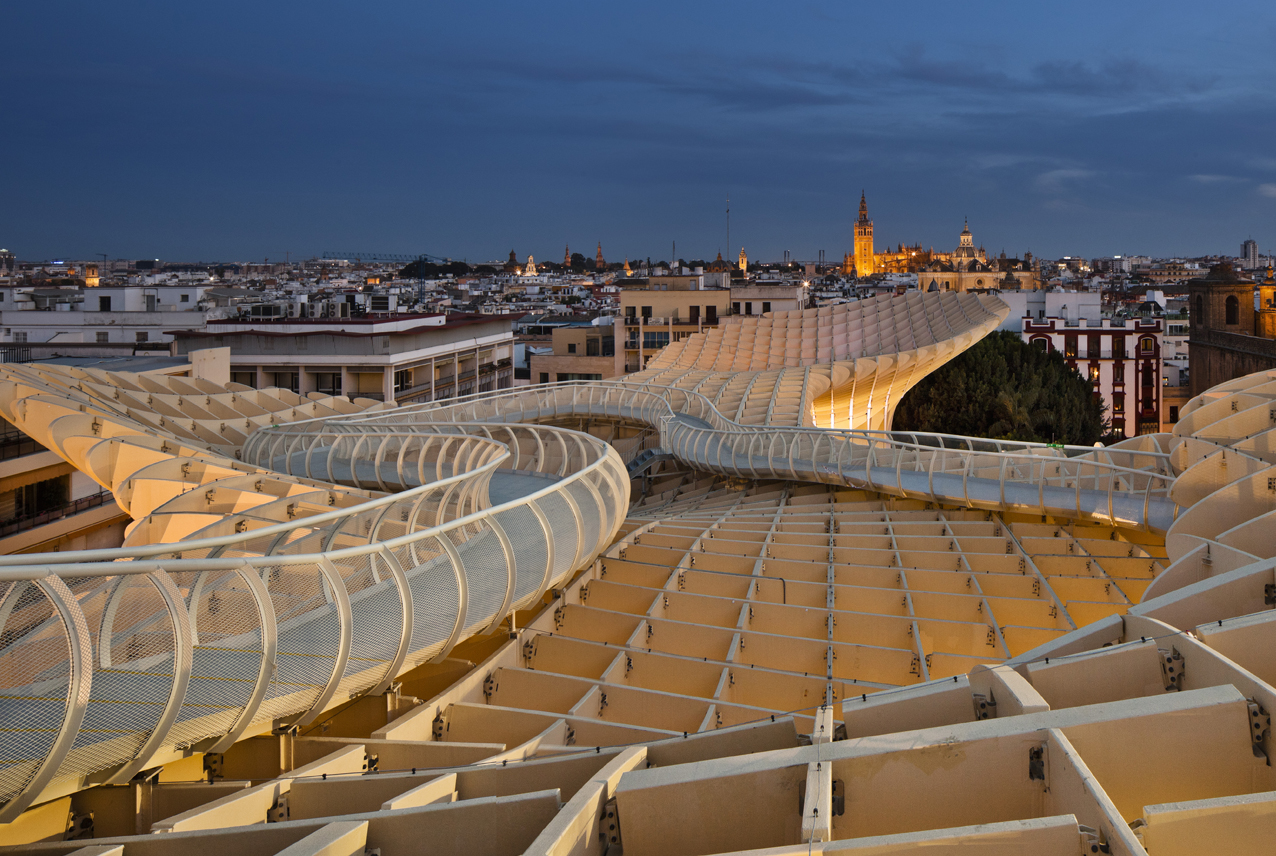ISABEL RUBIO ARROYO | Tungsteno
An enormous nine-metre-high spider is on display outside the Guggenheim Museum Bilbao in Spain. Called Maman, the work is by Louise Bourgeois (Paris, 1911 - New York, 2010) and is a tribute to her mother, who was a weaver. “Bourgeois’ spiders are highly contradictory as emblems of maternity: they suggest both protector and predator,” the museum says. We explore the life and work of this key figure in contemporary art.
The sculptor who drew spiders
As early as the 1940s, the French-American sculptor was already drawing spiders. These animals occupied a central place in her work. “The spider really began as two drawings in 1947. At that time, the spider was a friendly presence. She [associated] it with eliminating mosquitoes," explains Jerry Gorovoy, Bourgeois' assistant and friend.
It wasn't until 1994 that she incorporated spiders into her sculptures. “The silk of a spider is used both to construct cocoons and to bind prey, and spiders embody both strength and fragility,” says the Guggenheim Museum Bilbao. Maman's legs resemble Gothic arches and function as “a cage and as a protective lair to a sac full of eggs perilously attached to her undercarriage.”
Bourgeois also associated the spider with her own artistic practice because this creature builds its web out of its own body. “Louise said that’s exactly what she does with sculpture. Sculpture has to come out of the body,” says Gorovoy. He explains that some of the first spiders she created represented security. To keep them from falling, they tended to be more vertical. “As she got bolder, she was able to arrange the legs and compositions that are much more dynamic,” he says. Indeed, her sculpture Spider appears to be on the move.
Spider is a bronze spider made by Bourgeois in her Brooklyn studio. Credit: Hauser & Wirth - Art Gallery
Art as therapy
According to the Museo Reina Sofia, Bourgeois' work was generated from the spaces she was inhabiting or her memory of them: her childhood in Paris, Aubusson, Choissy and Anthony; her country house in Easton (Connecticut, USA) and her studios in New York and Brooklyn. Architect and professor Beatriz Colomina explained that “those physical locations of her memory are all domestic and all associated with trauma.”
“Her work is at once deeply personal—with frequent references to painful childhood memories of an unfaithful father and a loving but complicit mother—and universal, confronting the bittersweet ordeal of being human,” says the Guggenheim Museum Bilbao. Bourgeois understood art as something curative, almost like therapy. “I know that when I finish a drawing, my anxiety level decreases. When I draw it means that something bothers me, but I don’t know what it is. So it is the treatment of anxiety,” said the artist herself.
After studying at the Sorbonne and marrying the American art historian Robert Goldwater, Bourgeois moved to New York in 1938 at the age of 27. The human body played a central role in her work. Through its representation, the artist explored universal themes such as vulnerability, identity, sexuality, violence and protection. This is evident in her series of drawings Femme Maison (1946-1947) and her sculptures Femme-Couteau (1982), Femme Maison (1983) and Spiral Woman (1984).
Bourgeois began experimenting with wood, plaster, latex and other solid materials in 1960. Credit: Tate
Throughout her career, Bourgeois received numerous honours. For example, in 1977 she was awarded an honorary doctorate in art from Yale University, in 1981 she was elected Fellow of the American Academy of Arts and Sciences in New York, and in 2003 she was awarded the Wolf Prize in the Arts, one of the most prestigious international arts awards. The sculptor died in 2010 at the age of 98, leaving behind an unparalleled artistic legacy. Her work has had a profound impact on contemporary art and continues to inspire artists and art lovers around the world.
Tungsteno is a journalism laboratory to scan the essence of innovation.

